WebPorpoise always pop up on your browser without my permission? Have no ideas how it comes? And you don't know how to remove it? This post provides you with reasonable ideas to remove it.
Screenshot of WebPorpoise

What is WebPorpoise?
WebPorpoise is a malicious adware program created by the creator to make profits by promoting some specific websites or products. It states to offer users better web search, while users find that it is a trouble to their computer. It affects browsers such as Mozilla Firefox, Google Chrome and Internet Explorer, Yahoo, Bing, Opera, Safari. WebPorpoise can come into the compute along with the third-party programs such as free software, files and drivers, or spam emails, corrupt content, unsafe web sites, etc.
Once WebPorpoise installs, it will change your registry entries and browser setting. It will hijack your browser and you cannot get the right information you want. When you open your browser, it will redirect you to it own domain. WebPorpoise will display commercial ads, banners, pop-up ads and sponsor links on the website you are visiting. If you click the links it provides, you will be redirected to other malicious websites which are full of sponsor links. You remove WebPorpoise as soon as possible to protect your computer.
Step-by-step guide to remove WebPorpoise
Guide 1: To remove it manually
Step 1: Stop WebPorpoise running processes in Windows Task Manager first.
( Methods to open Task Manager: Press CTRL+ALT+DEL or CTRL+SHIFT+ESC or Press the Start button->click on the Run option->Type in taskmgr and press OK.)
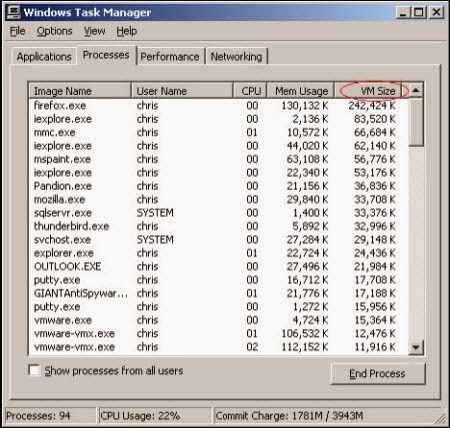
Step 2: Go to Control Panel and delete the program from Add & Remove program
1. Click on the Start button. This is the small round button with the Windows flag in the lower left corner.
2. Click on the Control Panel menu option.
3. Click on Program
4. Click Add & Remove Program
5. Find WebPorpoise list and select Remove
6. Press the Apply button and then the OK button.
Step 3: Open Control Panel in Start menu and search for Folder Options. When you’re in Folder Options window, please click on its View tab, tick Show hidden files and folders and non-tick Hide protected operating system files (Recommended) and then press OK.
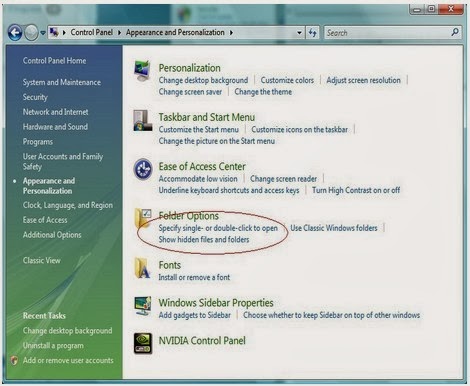
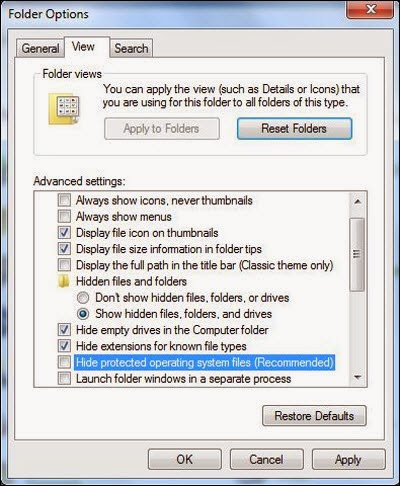
Step 4: Go to the Registry Editor and remove all the infection registry entries listed here:
(Steps: Hit Win+R keys and then type regedit in Run box to search)

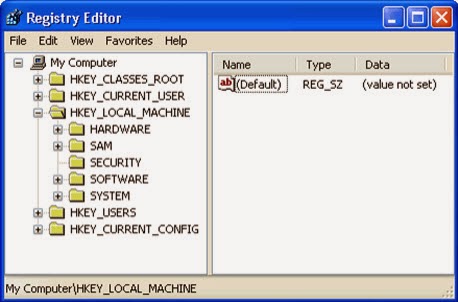
HKEY_LOCAL_MACHINE\SOFTWARE\Microsoft\Internet Explorer\Main "Start Page" = "http://www.<random>.com/?type=hp&ts=<timestamp>&from=tugs&uid=<hard drive id>"
HKEY_LOCAL_MACHINE\SOFTWARE\Microsoft\Internet Explorer\Search "CustomizeSearch" = "http://www.<random>.com/web/?type=ds&ts=<timestamp>&from=tugs&uid=<hard drive id>&q={searchTerms}"
HKEY_LOCAL_MACHINE\SOFTWARE\Microsoft\Internet Explorer\Search "SearchAssistant" = "http://www.<random>.com/web/?type=ds&ts=<timestamp>&from=tugs&uid=<hard drive id>&q={searchTerms}"
Step 5: All the infection associated files listed below need to be removed:
%CommonAppData%\<random>.exe C:\Windows\Temp\<random>.exe %temp%\<random>.exe C:\Program Files\<random>
Step 6: Clear your internet history records, internet temp files and cookies.
Guide 2: Remove it with anti-malware apps like SpyHunter.
Step 1: Download SpyHunter by pressing button below.
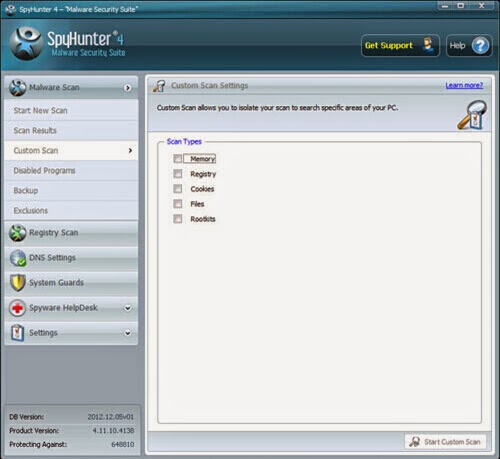
No comments:
Post a Comment